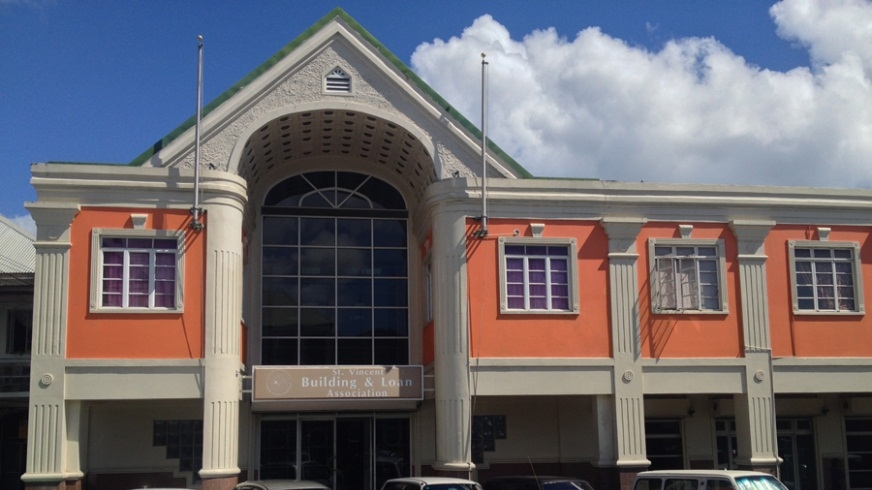Challenge
In January 2013, a damaging news article triggered a deposit run on the BLA, a systemic cooperative institution and the oldest financial institution in Saint Vincent, with a membership of 20% of the population and deposits representing 12% of GDP. The institution had never been supervised; the FSA had only been formally created just two months before the bank run.
When the FSA took control of the BLA, it found a failed institution that lacked proper governance, had negative capital, had accumulated losses for the past four years, and had not been audited for the past two years. More than one-third of its loans were non-performing.
Due to the lack of credit bureaus, borrowers had loans in various institutions and recovery of delinquent loans was weak.
The choice was either to try to save the institution with members bringing fresh capital, new management and a deep turnaround, or to liquidate, with the high risk of creating a loss of confidence in the financial system.
Solution
As soon as word of the run emerged, the FSA asked the Bank for assistance. Within days, a rapid intervention team was deployed to diagnose the condition of the BLA and work out a strategy to avoid liquidation.
The first priority was to stop the run; the FSA implemented a change in the maturity of deposits, so instead of being available immediately, the deposits were inaccessible for 18 months.
The second priority was to get a true picture of the financial condition; the IT system was rehabilitated and a financial and forensic audit was contracted.
The third priority was to actively manage the non-performing assets to bring in revenues and restore borrowers’ discipline; an effective recovery unit was set up and trained with Bank assistance.
The fourth priority was to avoid contagion to the rest of the credit union sector; the Bank team helped conduct an examination of the financial condition of all the credit unions. The team also supported the FSA in the implementation of a communication strategy to interact with members and maintain public confidence.
Results
The first outcome was the prevention of a major financial crisis in Saint Vincent. The liquidation of the BLA would have resulted in a direct loss of income for 20 percent of the population and a severe loss of confidence in the financial system, already undermined by the collapse of two systemic insurance companies in 2009.
The supervisor assessed that, in case of liquidation, recoveries would be in the range of 40 cents on the dollar and would take years. A turnaround and recapitalization plan based on a fresh audit was approved by the members of the BLA in August 2013. A new board of directors was elected, and the BLA was returned to its members under enhanced supervision.
The second outcome was the active management of non-performing loans, which improved the financial situation of the BLA. Recoveries on asset management represented about 6 percent of assets and brought liquidity to the BLA, enabling a turnaround plan.
Finally, the assessment of the financial condition of the credit unions prevented the crisis from spreading to other financial cooperatives. The supervisor promptly issued corrective action plans to weak credit unions in the months following the intervention of the BLA, some of which required recapitalization.
Bank Group Contribution
The Bank’s main contribution was the quick and comprehensive emergency response to the ensuing bank run.
Partners
The United Kingdom’s Department for International Development (DFID) funded the technical assistance as part of a broader technical assistance program for the financial sector in member states of the Organisation of Eastern Caribbean States (OECS).
The cost of the specific assistance to Saint Vincent was about US$300,000. DFID was a key development partner and had entrusted the Bank with a broader technical assistance program to restore financial stability in the banking and non-banking sectors in the OECS.
The rapid response by the Bank was made possible by the prior existence of this program. In addition, the excellent collaboration between the Bank and the FSA; as well as the FSA’s deep involvement were critical factors in the successful outcome of the emergency response.
Moving Forward
The BLA is still under special monitoring by its supervisor and the full implementation of its turnaround plan is expected to take a few more months.
In November 2013, the BLA’s successful experience was presented at a meeting of all Caribbean credit union supervisors, organized by the International Monetary Fund’s Caribbean Regional Technical Assistance Centre (IMF-CARTAC).
Presenters and attendees discussed issues of prompt corrective action and resolution of problem institutions. Further work on the credit unions in the OECS is contemplated to strengthen regulation and supervision.
Beneficiaries
Approximately 20% of the population of Saint Vincent directly benefitted as follows:
- The quick response avoided outright loss of deposits and investments.
- Mortgage loans continued and housing stayed safe
- Savings related to the depositors’ children’s education were protected.
In addition, the whole community benefitted because a collapse of the BLA would probably have triggered a deposit run across the entire financial sector.
